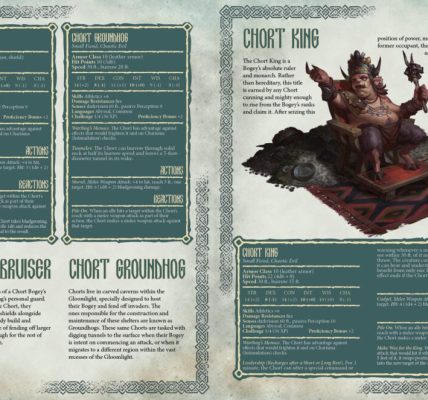While at SPIEL Essen 25, I got a preview of TEMBO: Survival on the Savanna, the next release from Danish design studio Sidekick Games, with this 1-4 player game coming from Mads Floe and Sidekick co-founders Dan Halstad, Asger Harding Granerud, and Daniel Skjold Pedersen.
TEMBO concludes Sidekick’s “nature” trilogy that started in 2024 with AQUA: Biodiversity in the Oceans and continued in 2025 with HUTAN: Life in the Rainforest. The original design came from Floe and Halstad, with Granerud and Pedersen doing development work that eventually became co-design credit.
Here’s an overview of the design:
On your turn, play a card to either expand the savanna or move the herd forward across it. Each card has dual uses, and your position at the table determines how you can play it, creating a multi-layered puzzle for you and your team to solve. Play continues until the herd reaches its destination — or until you lose by going hungry, running out of time in the deck, or being caught by the lions.
No two journeys are ever the same. Each game offers new challenges, demanding careful planning and constant communication to guide your herd safely to victory.
In the image below, you can see one of several scenario layouts, and our goal here is to move the herd — which is represented on the game board by the large matriarch figure — from the upper left corner to the lush grass in the lower right. Each player has elephant tokens, with an El Grande-style system of managing elephants ready to be played and elephants in reserve.
Daniel Skjold Pedersen wants me to take my turn
From a hand of three cards, you play one card per turn, then refill to three from a deck that’s stacked in three levels: day, sunset, and night.
You can play a card to place elephants from your ready area onto the board adjacent to other elephants in play. In the image above, for example, Daniel has most recently played a card with two horizontal symbols to place two pink elephants in that pattern on the board. The spaces he covered showed one of four types of tree, and since all spaces of that tree are now covered, our herd “ate” that tree — symbolized by knocking over that tree to the left of the image — to improve our current status.
As the description suggests, you play a card with its bottom toward you, so you might be able to fill a diagonal path with elephants while your fellow player sitting 90º away would find that card unplayable because the path goes the wrong way.
Alternatively, you can play a card on an empty space on the board. By doing this, you create the landscape that you must later travel, with the only spaces you’re able to move on being the circular spaces. (Game boards come with one pre-printed space.) By playing cards, you’ll add watering holes, trees, and rough terrain that must be traversed with two elephants in the same space to the terrain.
In addition, you’ll cover a space that affects your elephant supply and those of your fellow players. Maybe everyone moves two elephants to their ready area, maybe you get four and no one else gets any, or maybe you get five, while another player must return two.
By playing a matriarch card, you somewhat reset the board, with the matriarch elephant moving to the far edge of the herd, all played elephants being returned to the reserve, and fallen trees placed upright to symbolize you moving to fresh lands with new food. You want to hold off playing matriarchs since the herd shrinks to one space, making it harder to reach food and water, but if you draw a matriarch card while already having one in hand, the herd is punished.
You can also use a matriarch card to stay ahead of the lions as the deck contains lion cards that must be played when drawn, with those lions moving on the board toward the herd. If a lion catches player elephants on the board, those figures are removed from the game — and if you lose enough elephants, the herd can’t spread out as widely as you’d like.
As with AQUA and HUTAN, Sidekick Games plans to license TEMBO to multiple publishers for release in various languages, with the 2026 English-language edition from The Op Games being the only one announced to date.

/pic9071679.jpg)
/pic9225561.jpg)
/pic9225562.jpg)




